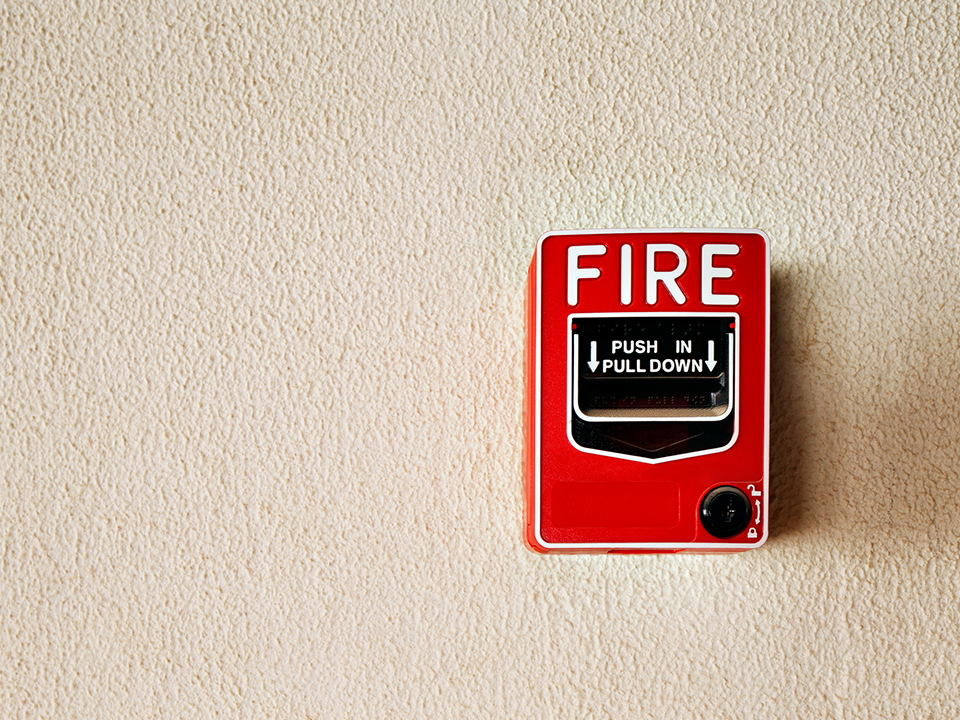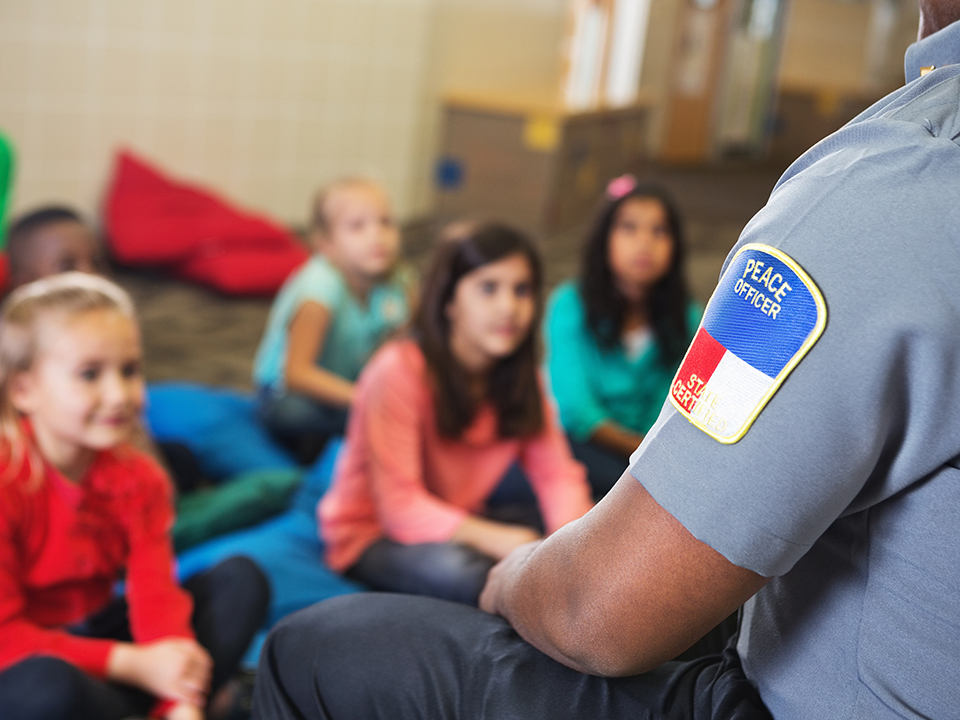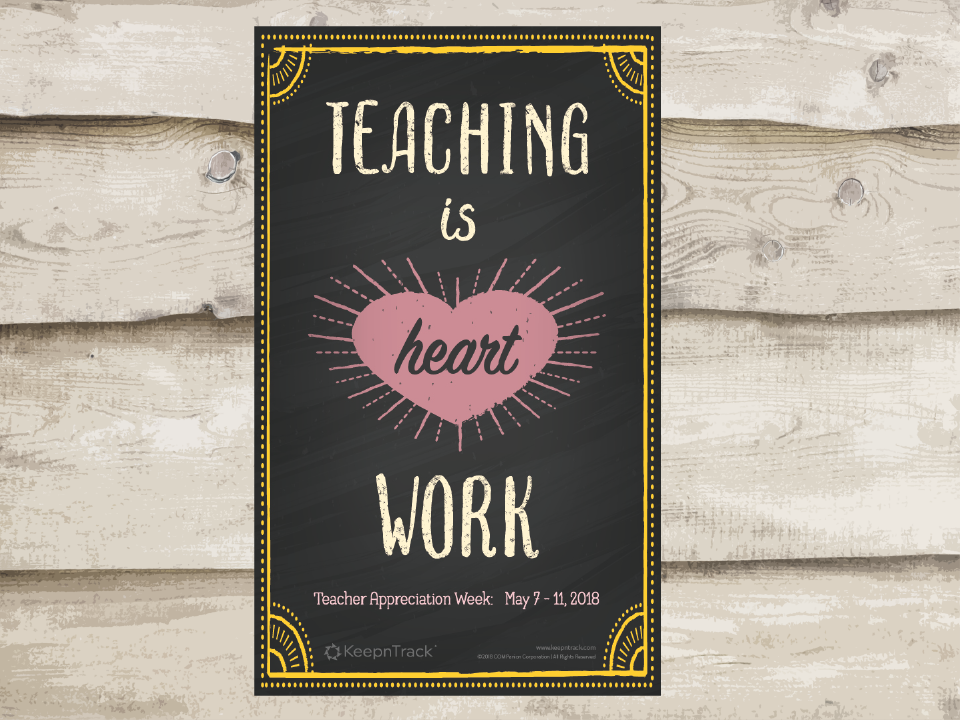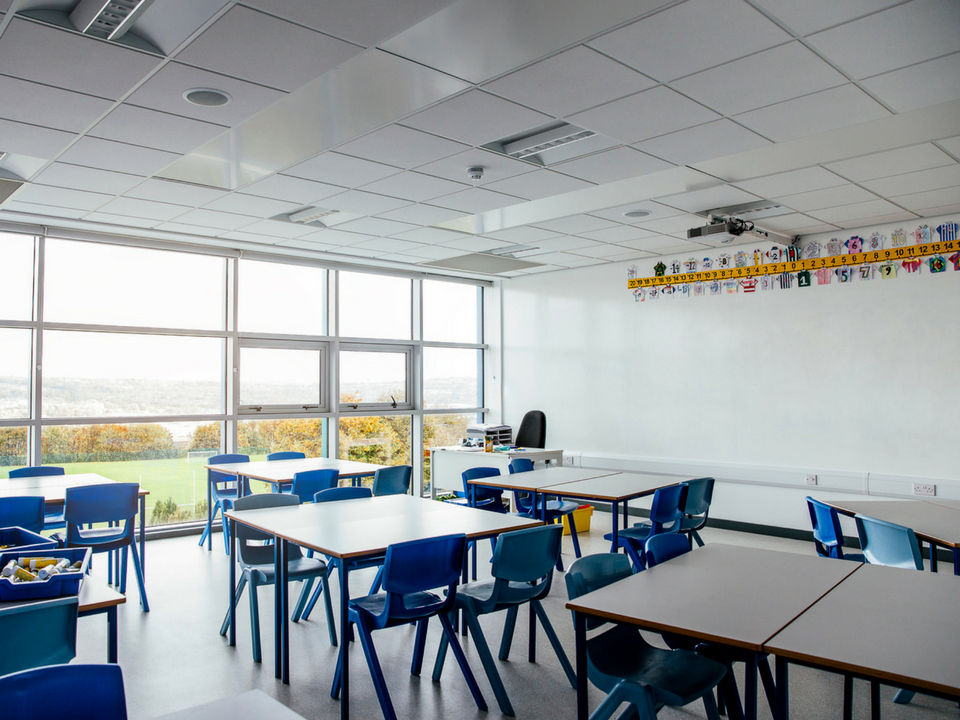
Fires at School – Prevention and Preparedness
February 9, 2018
National Women’s History Month Poster
February 26, 2018In light of recent events, preparing your school for a crisis has never been more critical. Despite our continuous efforts to protect our students, nothing prepares our faculty and staff more than training for all types of emergencies. Preparing your school for a crisis can save lives, prevent injury, and minimize property damage during critical moments.
Do you have a crisis plan in place? Does everyone– students, staff, faculty, and key personnel know what to do in case of an emergency? It is time to develop a plan that anyone can implement when a crisis occurs. If you do have a plan, review, practice, and update the action plan.
How to Protect Your School
Preparing your school for any type of crisis is a serious precaution every administrator, resource officer, and faculty member should be taking. There are four stages of action you should be taking to keep your students safe.
1. Address and Prevent
The goal of this stage is to decrease possible threats by identifying risks and places of improvement. Try reaching out to community emergency responders to identify hazards in your school and make sure your emergency plan is ready for anything. Follow this checklist to ensure your school is taking the proper care to prepare:
- Review incident data
- Determine major problems in your school with regard to student crime and violence
- Assess how the school addresses problems
- Conduct an assessment to determine how these problems, and others, may impact your vulnerability to certain crises
2. Preparedness
Organize a plan to facilitate a swift, coordinated, and effective response when a crisis occurs. Prepare your school by determining what crisis plans exist in the district, school, and community. Identify the key personnel that should be involved in crisis planning. Once a plan is in place, ensure procedures are understood by staff, students, and families.
RECOMMENDATION: To effectively prepare for a crisis, gather information about your school’s facility like maps and the location of utility shutoffs. Be sure to provide staff with this information and any necessary equipment they may need in case of a crisis.
3. Response
When taking the steps to protect your school, at some point you will have to implement your crisis plan. Whether it is a fire, earthquake, or an active shooter situation, you’ll need to be sure your staff and students can properly respond to the situation. When a crisis occurs, make sure the emergency plan is followed and crisis preparations are placed into use. When responding to a crisis, you may only have mere moments to react. Follow these steps to ensure you are responding rationally and quickly:
- Identify the type of crisis that is occurring
- Determine the appropriate response to the crisis and implement crisis plan
- Decide whether to evacuate, lockdown, or shelter-in-place needs to be implemented
- Communicate relevant information to staff, student, families, and community
- Monitor and ensure emergency first aid is administered to the injured
4. Recovery
Recovery after a crisis can vary depending on the trauma experienced during the incident. It is key to allocate appropriate time for recovery.
In the aftermath of a crisis, conduct debriefings with staff and first responders. Capture “lessons learned” and incorporate them into crisis plan revisions and trainings for future emergencies. During recovery, monitor how staff and students are reacting to the emotional impact of the crisis. Identify what follow up interventions are available to students, staff, families, and first responders. Strive to return to learning quickly, but ensure the emotional and physical scar of the crisis is addressed.
Protecting Your School and Students
“Under pressure, you don’t rise to the occasion, you sink to the level of your training…”
– anonymous Navy Seal
We cannot help but feel unsure about how to properly protect our school, staff, and students when we think of events like Virginia Tech, Sandy Hook, and now Stoneman Douglas High School. When preparing your school to face an emergency, confidence and training is indispensable. Empower your staff to take life-saving action by training every school employee for any type of emergency situation. Training builds confidence, gives opportunities for improvement, and enables staff to make life-saving decisions.




